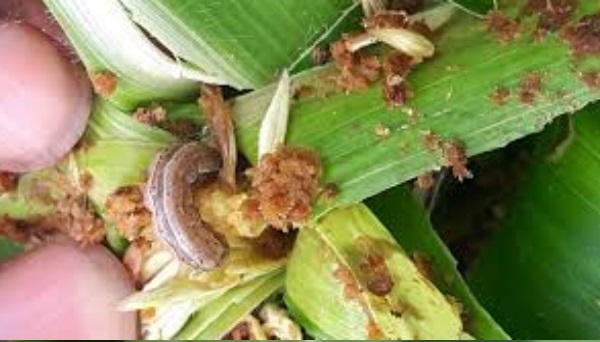Uganda is grappling with the impacts of the Fall Armyworms since they first hit maize garden in late 2016. In Uganda, maize is taken as the most important food crop in terms of production with 4 million metric tons produced by about 3.6 million farmers. Food and Agricultural Organization of the UN FAO, has handed over 480 fall armyworm traps to the Ministry of Agriculture, Animal Industry, and Fisheries to aid in early detection of the worms that lavage over 110 districts across the country. "Major areas of focus, one; on support to production and productivity of Agriculture in this country, and two; in support of Agricultural knowledge, education, and information."
Eastern, Northern and West Nile Sub-regions registered the highest devastation with 100% of Karamojo’s crops wasted. In the 115 districts, between 15% and 75% yield loses to maize grain were estimated. The pest also attacked other crops such as sorghum with far-reaching implications on food security and livelihoods. According to Byantaretibizuka Steven the Commissioner Crop Protection at the Agricultural Ministry, proactive measures are being taken to combat the epidemic pest. “Early detection, the early detection since it is a migratory pest we are adopting the method of using what they have shown you the funnel fallow pheromone traps to help us monitor as these mice migrate into Uganda.” He, however, notes that Ministry will need to conduct enough research on fall armyworms. “We must understand and understand its biology.”
Some pesticides have been highlighted to be harmful and reducing the production returns. NARO has however approved some pesticides to tackle the problem as research continues. “Some of the insecticides that can be used in emergency response for controlling the fall armyworm, there are insecticides in the group of the rockets what we call Heat sail, Striker, Dudufenos, and Profecon.”

